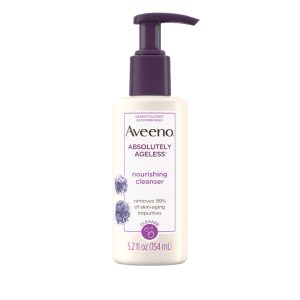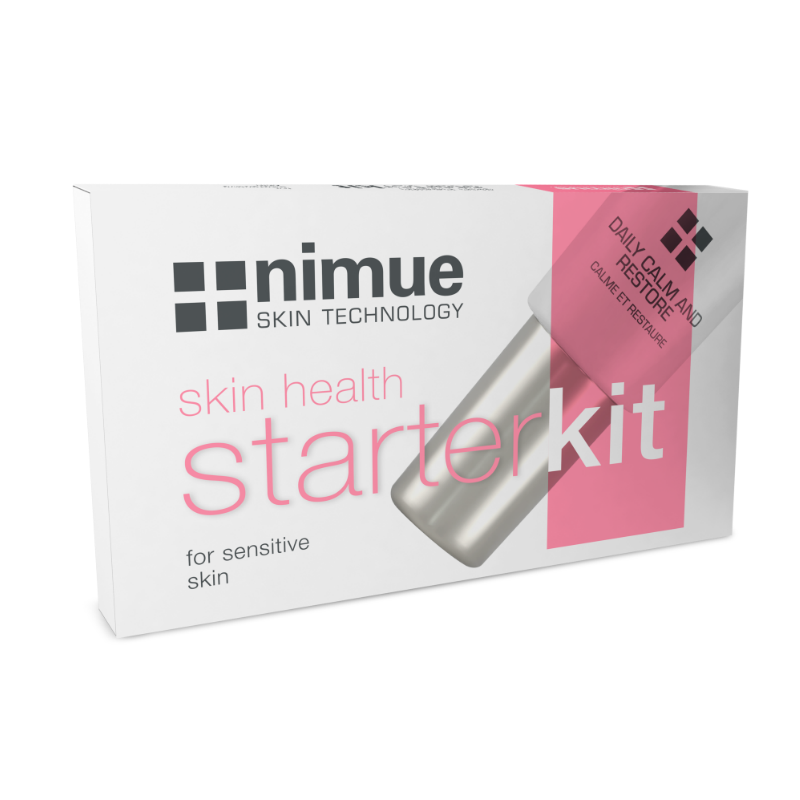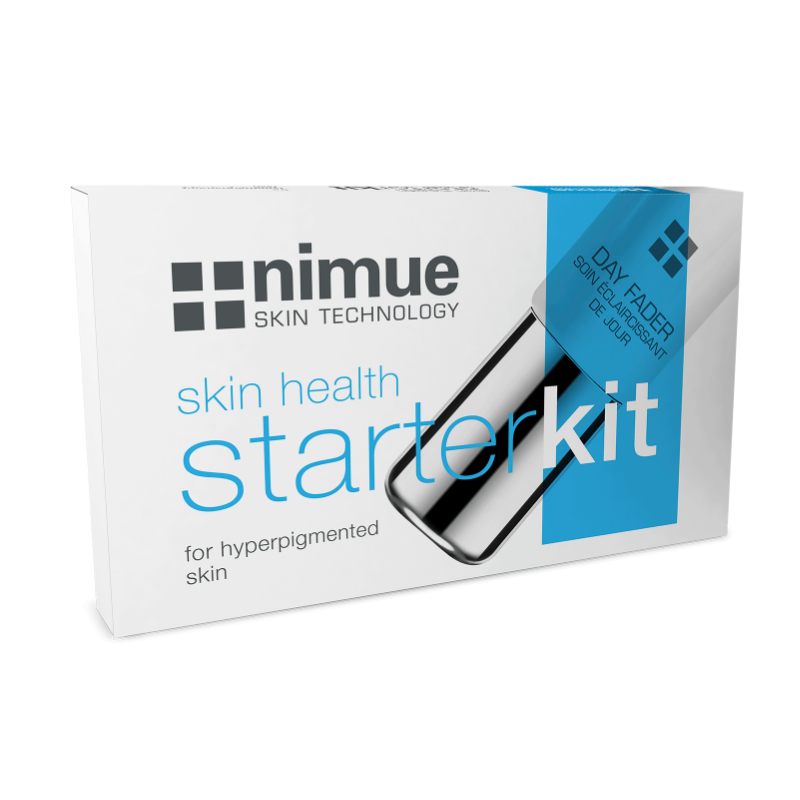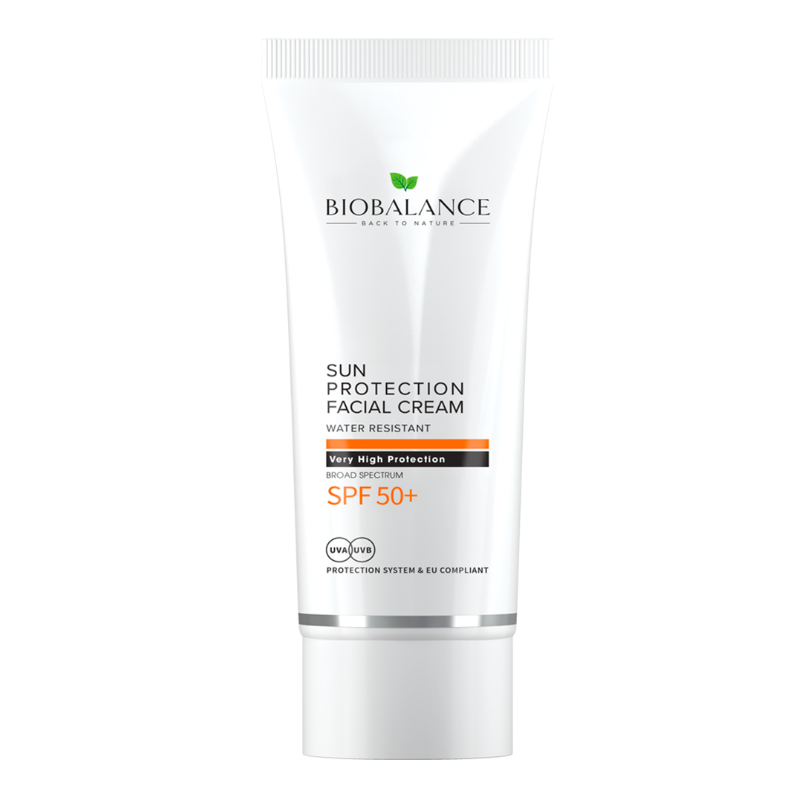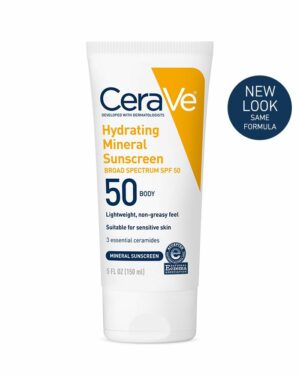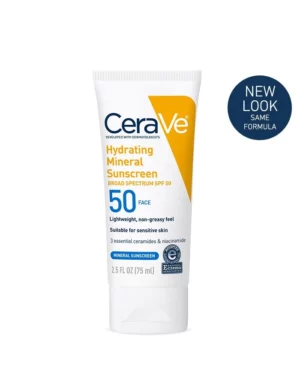What Are In Sunscreens?
Physical (reflects rays away from your skin) and chemical (soaks up rays so your skin doesn't) sunscreen formulae are the most common sunscreens. Combination sunscreens, which contain both physical and chemical filters, are also available from some businesses. Physical sunscreens, often known as mineral sunscreens, are thicker and have a whiter appearance. Chemical sunscreens, dubbed "organics" because of the architecture of the molecules they're formed of rather than how the substances are produced, are greasier but apply translucently.What Does SPF Mean?
The sun protection factor or SPF, is found in all sunscreens. It's a metric for how well sunscreen blocks UVB rays, which are the ones that cause sunburn. SPF and protection do not have a linear relationship: SPF 15 blocks 93 percent of UVB rays, whereas SPF 30 and SPF 50 block 97 and 98 percent, respectively. No sunscreen can completely prevent UVB rays. Sunscreens with a minimum SPF of 30 are recommended by the American Academy of Dermatologists.Who Is It For?
Everyone above the age of six months, particularly those with dark complexion, should use sunscreen. Experts advise keeping young infants out of the sun as much as possible; if this isn't possible, applying sunscreen is preferable than not using it.Showing all 12 results
KSh1,900
KSh2,280
KSh7,800
KSh15,500
KSh7,800
KSh7,800
KSh2,700
KSh1,850
KSh3,200
KSh2,550
KSh2,590




